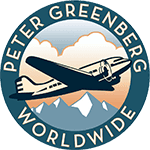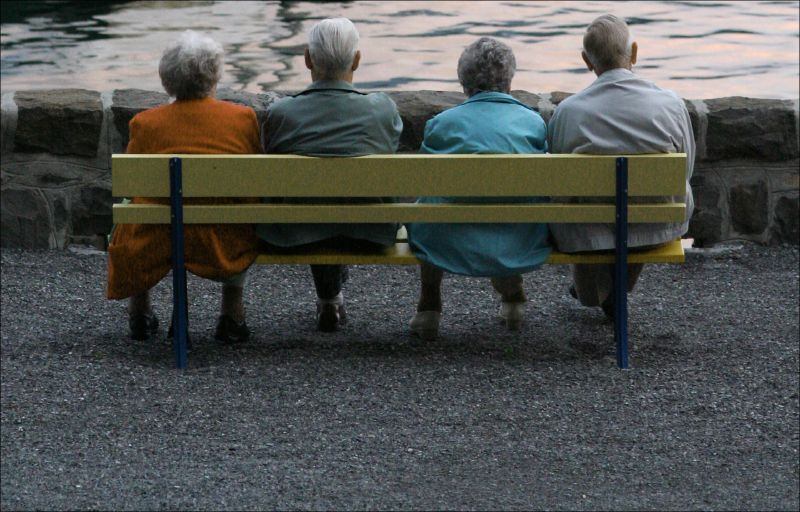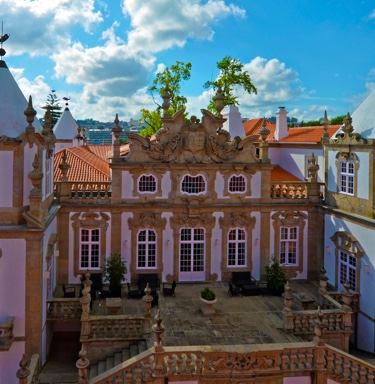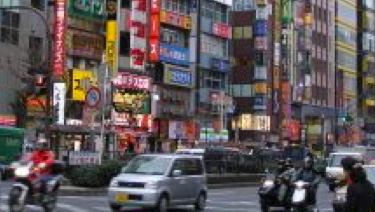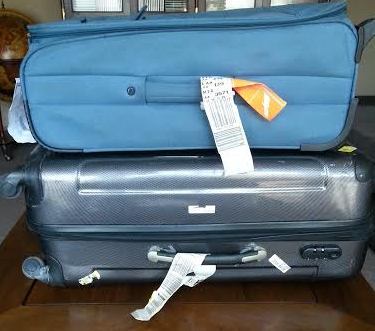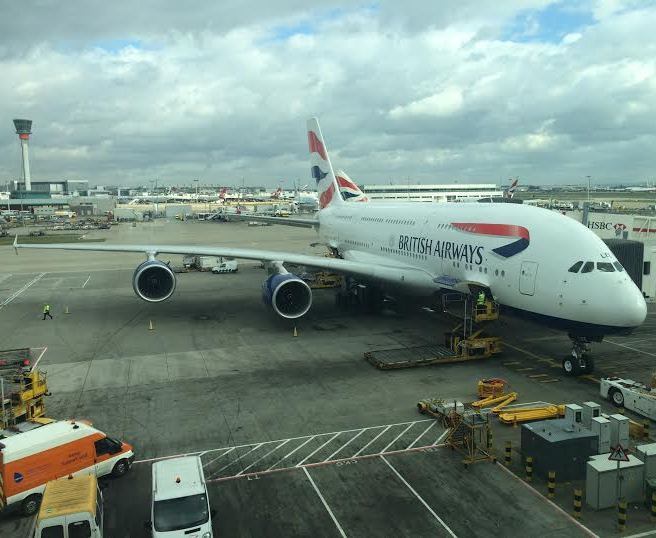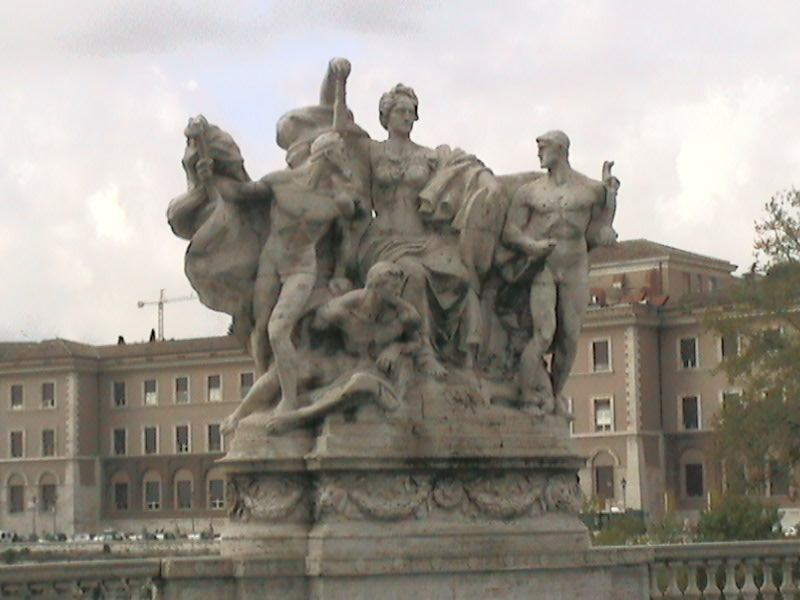 Nestled in the valley of the Po River in the Emilia-Romagna province, Parma is widely known as the capital of Italy’s famous “food valley.” But much more than that, it’s a city of ancient history, a city of walking, and a city of people-watching.
Nestled in the valley of the Po River in the Emilia-Romagna province, Parma is widely known as the capital of Italy’s famous “food valley.” But much more than that, it’s a city of ancient history, a city of walking, and a city of people-watching.
Founded in 183 BC as a Roman colony, Parma’s rich heritage can be found in the walls of the old city, catacombs and roads. The varying architecture and different eras speak to a visual history of a city that is a mix of old and new.
Though an important economic center for Northern Italy, Parma isn’t exactly on the radar for first-time visitors. But for those in-the-know, a trip to this city means you can find a more “authentic” Italian experience among the locals, without dealing with hordes of tourists.
CITY BY FOOT
Though the weather is mild for much of the year, springtime is the time to visit. In the words of a local Parman (testing his English with me) “The land is greener than you’ve ever seen.”
And on those lovely days, just get out and walk.
Wide sidewalks, inviting parks, stone bridges and striking Romanesque architecture make the city ideal for walkers. Divided by the Parma Torrente—a creek that runs through the city—sunrises and sunsets reflect on the water.
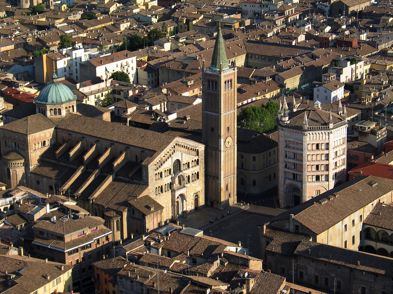 The heartbeat of the city is the historical center, on the west side of the river. Using Piazza Girabaldi as the starting point, the famous square is full of outdoor restaurants amidst municipal buildings and the Church of San Pietro. South of the piazza is Via Farini, the Rodeo Drive of Parma.
The heartbeat of the city is the historical center, on the west side of the river. Using Piazza Girabaldi as the starting point, the famous square is full of outdoor restaurants amidst municipal buildings and the Church of San Pietro. South of the piazza is Via Farini, the Rodeo Drive of Parma.
At night, open-air bars encourage people-watching and aperetivos (pre-dinner drinks).
A good place to start is Tabarro at the top of Via Farini, near Piazza Garibaldi, where locals flock for a glass (or two) of wine and small plates of rustic cheeses. From there you can move on to wine bars such as La Dolce Vita and Antica Osteria Fontana, all on Via Farini. The crowds here are a mix of young professionals and stylish scenesters—don’t be afraid to mingle.
Traveling further south on Via Farini and the street scene changes from a busy commercial area to a residential district with wide, smooth streets. You’ll know you’re in an expensive part of town when the street name changes to Viale Solferino. Here, you’ll catch sight of mini-mansions along the tree-lined boulevards where well-dressed women walk their even better-dressed dogs.
Just up ahead is the Cittadella, a park that looks like a fortress. You might enter expecting to be transported back into medieval times. This is another excellent spot for simply wandering and people-watching.
FOOTBALL, ITALIAN-STYLE
Italy is a country obsessed with sports. It dates way back to the Roman times, and that legacy certainly lives on today.
Il Stadio E. Tardini is located just a few blocks northeast from Cittadella. This is where Parma’s Serie A football club plays and on Sunday afternoon everything shuts down. Blue and yellow team colors fly as a swarm of Parmans walk briskly to the stadium.
Catching a game is easy. Just walk up to the ticket window and buy a ticket for €10. You want to join up with the “Ultras” en la curva, aka the rowdy section behind the goal. The local team fervor soon will soon have you singing along with the crowds.
Take note: Security is everywhere. Ultras are the die-hard fans and the crowds can get unruly. You may see opposing team fans brawling before the game. Then sometimes during the game. And sometimes after. But don’t worry, this is Parma, not Rome. “Good people,” my new friend Matteo told me. “Trust in me.”
Keep singing. Even the Ultras are polite as long as you cheer for their team.
MANGIA, MANGIA
This is the city known for food. And fortunately, it’s almost always time to eat. So why not do as the Parmans do and have a panino?
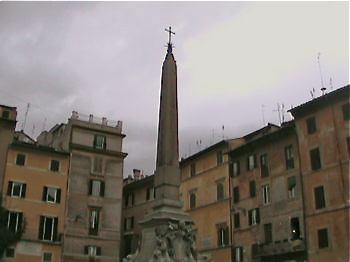 If it’s the weekend, go south of the piazza to Frank Focaccia. Diners sit at old wooden tables and flip through page after page of panini options, created with chewy, home-made focaccia bread. Enjoy specialties like pesto di cavallo or homemade pizza topped with grilled vegetables. 19/a Piazzale San Lorenzo.
If it’s the weekend, go south of the piazza to Frank Focaccia. Diners sit at old wooden tables and flip through page after page of panini options, created with chewy, home-made focaccia bread. Enjoy specialties like pesto di cavallo or homemade pizza topped with grilled vegetables. 19/a Piazzale San Lorenzo.
During the week, check out Pepèn, a hole-in-the-wall restaurant tucked into a side street in the city center. Patrons eat standing up, reading the newspaper as they wait for lunch. The steak sandwich is a winner. Al pranzo (at lunch), Pepèn is packed with professionals, university students and laborers, all enjoying a local favorite. With the exception of a new (and controversial) McDonald’s on the city outskirts, this is the closest thing to fast-food Parmans have. Borgo S. Ambrogio 2,
Time to indulge that sweet tooth. Not far, in Barriera Repubblica, is La Gelateria. Choose between cappuccino, mint, vanilla, coffee, and more, all freshly made that very day. One scoop: one euro. Scoops are thick and if you ask for two, you’ll need a spoon.
For a splurge, there are numerous Michelin-starred restaurants in town. One of the local secrets is Angiol d’Or. Facing the Piazza Duomo, and opposite the Cathedral and the Baptistry, this is where it’s worth spending a few extra euros for an authentic, gourmet dining experience. If it’s summer-time, opt for a garden seat. Some outstanding dishes include prosciutto di parma, followed by salami and cooked shoulder, or ravioli with black truffles. Main dishes include tripe with Parmesan, beef stew with polenta, lamb with balsamic sauce or glazed duck breast with pears. Vicolo Scutellari 1.
If you’re thinking about going out to the opera and then having dinner afterwards, visit Antica Cereria, on Borgo R. Tanzi 5. Open late, they offer three-courses specials for around €30. Best of all, there’s no wine list—instead, you pick your own bottle directly from the wine cellar.
On Saturday mornings Piazza della Pace (Peace Square) is home to the popular flea market. Head over early to get the best goods and be ready to face crowds of local women haggling with the vendors. As a visitor, this is definitely the time that you want to experiment with Italian cheeses, tomatoes and cured meats.
AGRITURISMO
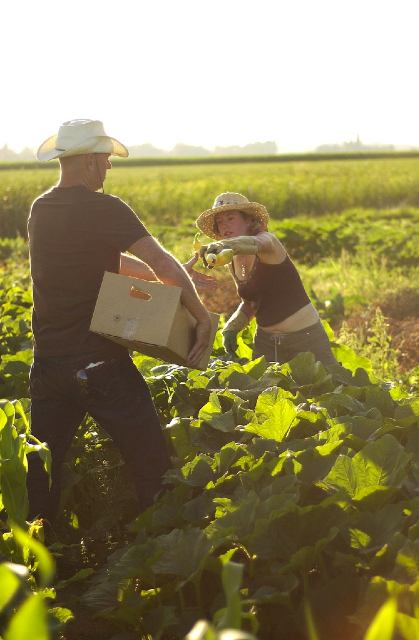 To get out of the city for awhile, don’t miss an opportunity to rent a Fiat (what else?), at the airport or city center, and drive around the city’s outskirts. Not far outside of the city are sprawling farms where the fine soil yields some of the world’s finest cheeses. The finest Parmigiano cheese.
To get out of the city for awhile, don’t miss an opportunity to rent a Fiat (what else?), at the airport or city center, and drive around the city’s outskirts. Not far outside of the city are sprawling farms where the fine soil yields some of the world’s finest cheeses. The finest Parmigiano cheese.
Don’t confuse this with the Parmesan cheese that we sprinkle over pasta. This cheese comes from the milk of cows fed on the Po Valley’s green pasture land, and it is still produced today as it was seven centuries ago—a process that takes nearly two years.
Next to cheese, the region is famed for its ham: Prosciutto di Parma. Nearly half of all the producers of this ham are located in the breezy hills that surround Langhirano, south of Parma. In fact, the little pigs grow up drinking the whey that comes from the local cheese-making process. Each step in the production process, from breeding the pigs to curing the meat, must meet certain criteria in order to merit the appellation Prosciutto di Parma.
It’s easy to sample the region’s two most-renowned products—just stop at one of the many family-owned restaurants along the autostrada in the hills outside of Parma.
Hint: Stop at the place with all the cars parked in front. If the locals eat here, it’s bound to be good. Start with the regional favorite of peppery arugula topped with flaky shavings of Parmigiano-Reggiano and paper-thin curls of Prosciutto di Parma, dressed with a drizzle of extra virgin olive oil and lemon juice.
Some of the local farms double as bed and breakfasts catering to visitors interested in sampling the local flavors in a rustic setting include:
Agriturismo Leoni is a 19th-century farmhouse located in nearby Vicofertile. Spacious, comfortable lodging, friendly staff, and meals made on the property make this one a popular stop. Rooms start at €77 a night (double occupancy) including breakfast. Via Roma 75, www.agriturismoleoni.com
Just south of Parma in San Geminiano is Antica Cascina a former dairy-turned bed and breakfast. Leisure facilities include tennis court, swimming pool, full gymnasium, and horseback riding. Rooms start at €31 a night, €217 a week. Via Resga 47, www.anticacascina.com
By Adam Popescu for PeterGreenberg.com.
There are more guides to the world’s most interesting cities: Check out more Off the Brochure Travel Guides.
Traveling to Italy? Don’t miss Off the Brochure: Florence as well as Off the Brochure: Rome.
Check out more Off the Brochure guides below:




